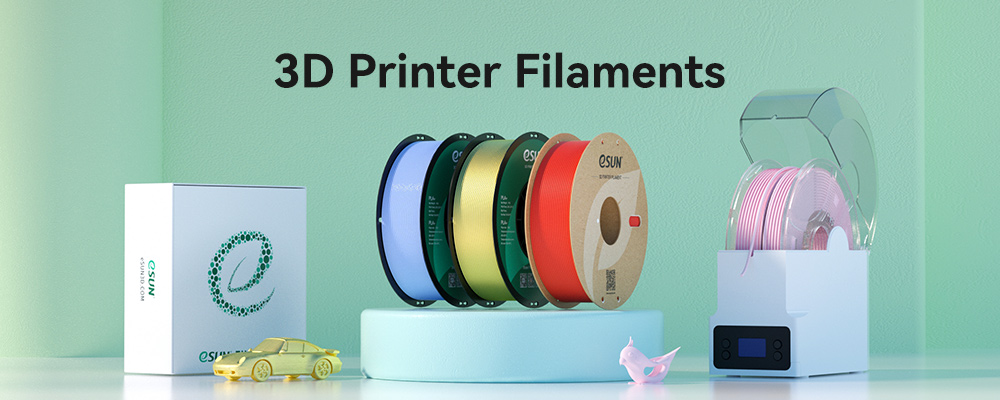The Application of 3D Printing in the Development of Drones
In the development and customized production process of drones, 3D printing technology can make the produced parts more precise and lightweight. At the same time, using highly customized and flexible production technology can effectively reduce the connecting components of the aircraft, making it more lightweight and further optimizing mechanical performance.
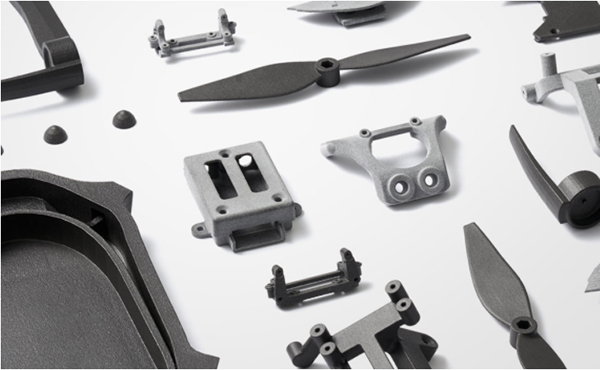
3D printing technology has shown great potential in shortening development cycles, reducing research and development costs, and improving performance. So, in the process of drone development, what are the specific aspects of the application of 3D printing technology that can be divided into?Based on the live stream content, we have organized the following for everyone: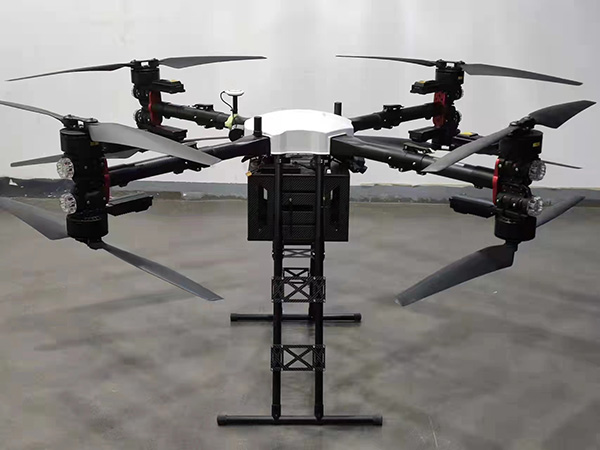 01 Component production3D printing technology can be used to produce various components of drones, such as frames, mechanical structures, and connectors. Through 3D printing, rapid manufacturing of complex shaped components can be achieved, while reducing the time and cost required for production. It should be noted that although 3D printing technology has great potential in manufacturing drone components, the strength, durability, and high temperature resistance of the components need to be considered when selecting materials and designing. In addition, necessary testing and verification are also required to ensure the reliability and safety of drones during use.
01 Component production3D printing technology can be used to produce various components of drones, such as frames, mechanical structures, and connectors. Through 3D printing, rapid manufacturing of complex shaped components can be achieved, while reducing the time and cost required for production. It should be noted that although 3D printing technology has great potential in manufacturing drone components, the strength, durability, and high temperature resistance of the components need to be considered when selecting materials and designing. In addition, necessary testing and verification are also required to ensure the reliability and safety of drones during use.
02 Lightweight designDrones need to have lightweight characteristics to improve flight performance and endurance. Through 3D printing technology, lightweight components can be manufactured, reducing overall weight, and improving drone performance and efficiency. Specifically, drone performance can be optimized from the perspectives of material selection, structural design, free form design, and personalized customization of components.
03 Customized design3D printing technology makes the design of drones highly personalized and customized. According to different application requirements, various shapes, sizes, and materials of components can be manufactured using 3D printing technology to meet specific functional and performance requirements. For example, in terms of drone appearance design, different colors and textures can be selected to make the drone more in line with users’ aesthetic requirements; In terms of special functional design, customized load compartments and load systems can be manufactured using 3D printing technology to meet specific task requirements. For example, in the agricultural field, load compartments suitable for precise pesticide spraying or crop cultivation can be manufactured.
04 Rapid Prototyping3D printing technology has obvious advantages in the rapid prototype production of multi rotor unmanned aerial vehicles, which can quickly and low-cost manufacture unmanned aerial vehicle prototypes that meet design requirements, and promote the process of design iteration and verification. This helps to accelerate the research and development cycle, improve product quality and market competitiveness.
05 Innovative Design3D printing technology has great potential in the innovative design of multi rotor unmanned aerial vehicles. Through flexible material selection, complex structural design, and hybrid material applications, continuous innovation in drone design can be promoted, improving its performance and adaptability. This will bring more opportunities and breakthroughs for the development of the drone industry.
06 Overall integrated structure3D printing technology has significant advantages in the overall integrated design of multi rotor unmanned aerial vehicles. By reducing interfaces and connecting components, integrating sensors and devices, and conducting customized design, the integration and performance of drones can be improved, promoting further development of drone technology.
07 Repair and MaintenanceUnmanned aerial vehicles may experience damage or wear during flight, and 3D printing technology can be used to manufacture alternative components for easy and rapid repair and maintenance.
Overall, the application of 3D printing technology in drone development has greatly improved design flexibility, accelerated manufacturing processes, and promoted innovation. With the continuous development of technology and related materials, 3D printing will continue to play an important role in the manufacturing and deployment of drones.
At present, 3D printing materials have covered various materials such as metals, plastics, ceramics, etc., but there is still great room for development. eSUN has a variety of high-performance 3D printing materials that can be applied to the manufacturing of drones. Here is a brief introduction to several commonly used materials:
1. ePA-CF (carbon fiber reinforced nylon)
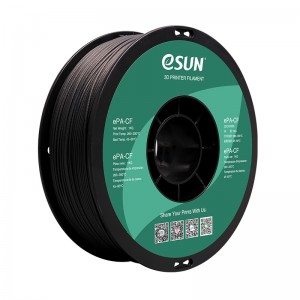 Nylon carbon fiber materials are widely used in professional scenarios. In the field of drones, nylon carbon fiber materials can be used to make main frames or other components. ESUN nylon carbon fiber material can replace metal in multiple occasions and has self-lubricating and wear-resistant properties, making it suitable for printing gears; Meanwhile, ePA-CF has high strength, toughness, and impact resistance, making it suitable for printing durable parts; Has high temperature resistance, with a hot deformation temperature of up to 155 ℃; With low shrinkage rate, it is not easy to curl and crack during printing, and the surface of printed items is matte and delicate.
Nylon carbon fiber materials are widely used in professional scenarios. In the field of drones, nylon carbon fiber materials can be used to make main frames or other components. ESUN nylon carbon fiber material can replace metal in multiple occasions and has self-lubricating and wear-resistant properties, making it suitable for printing gears; Meanwhile, ePA-CF has high strength, toughness, and impact resistance, making it suitable for printing durable parts; Has high temperature resistance, with a hot deformation temperature of up to 155 ℃; With low shrinkage rate, it is not easy to curl and crack during printing, and the surface of printed items is matte and delicate.
2.ePLA-LW (lightweight PLA) The main characteristic of lightweight PLA materials is low density, with a foam volume ratio of 220% and a density as low as 0.54g/cm ³, Under the same model situation, models and components printed with lightweight PLA are lighter in weight. In the production process of drones, they can be used to print non stressed shells, reduce the weight of drones, and optimize the overall performance of drones.
The main characteristic of lightweight PLA materials is low density, with a foam volume ratio of 220% and a density as low as 0.54g/cm ³, Under the same model situation, models and components printed with lightweight PLA are lighter in weight. In the production process of drones, they can be used to print non stressed shells, reduce the weight of drones, and optimize the overall performance of drones.
3. eTPU-95A 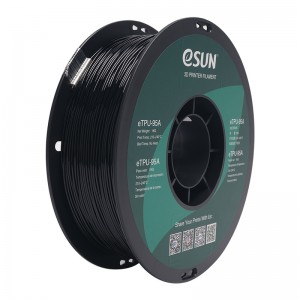 eTPU-95A is an excellent and widely used flexible material that is easy to print and can quickly produce large, complex, and accurate prototypes of elastic parts; At the same time, eTPU-95A also has high tear resistance, wear resistance, and cutting resistance, is sturdy and durable, has high hardness and resilience, and can be used to print components such as drone camera shells.
eTPU-95A is an excellent and widely used flexible material that is easy to print and can quickly produce large, complex, and accurate prototypes of elastic parts; At the same time, eTPU-95A also has high tear resistance, wear resistance, and cutting resistance, is sturdy and durable, has high hardness and resilience, and can be used to print components such as drone camera shells.
In addition, materials such as ABS, PLA, PETG, etc. can also be applied to the printing and production of drone related components.
3D printing technology has broad development prospects in drone research and development. Through continuous exploration and innovation in material innovation, structural optimization, multi material integration, large-scale production, intelligent applications, and sustainable development, it will promote the further development of drone technology, improve its performance and application fields. ESUN will also continue to increase its research and exploration efforts in new materials, committed to promoting the application of 3D printing technology in multiple fields with innovative materials. If you have any needs regarding the performance and application of materials, please feel free to give us feedback~
Thanks Hebei Yenan Technology Co., Ltd. for providing content support for this article!
Previous:
Check Out 3D Printing in Dopamine Colors
Next:
eSUN PLA+ Review: Grab The Best Filament!











